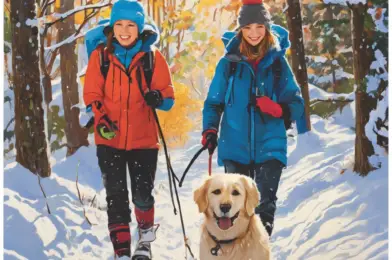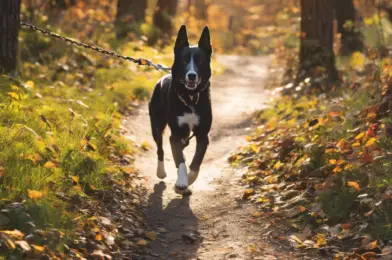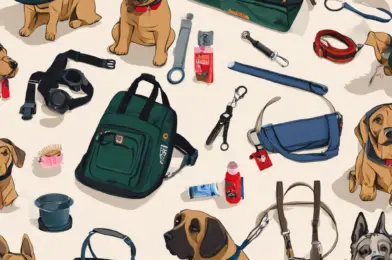Whether you’re an avid hiker exploring the wilderness or simply enjoying a casual stroll through your neighborhood, encountering emergencies during your walk can be unsettling. From navigating unexpected weather changes to dealing with injuries, being prepared and knowing how to respond can make all the difference. Here’s a comprehensive guide to help you navigate through challenging situations and ensure your safety when things take an unexpected turn.
**Weather-Related Emergencies:**
Imagine you’re out on a peaceful walk, basking in the sunshine, when suddenly the sky darkens, and you find yourself in the midst of a torrential downpour. It’s essential to be ready for such weather shifts. Always check the forecast before heading out and plan accordingly. Carry rain gear or a lightweight waterproof jacket, especially if there’s a chance of rain. In the event of lightning, avoid open fields and seek shelter in a nearby building or car. If you’re caught in an open area, crouch down, keeping your head low and minimizing your contact with the ground. Remember, the key is to make yourself the smallest possible target to minimize the risk of being struck.
**Getting Lost:**
The thrill of exploring new trails can sometimes lead you off the beaten path, and before you know it, you’re lost. To avoid this, always stay on marked trails and carry a map or use a GPS-enabled device. Inform someone about your intended route and expected return time. If you do get lost, stay calm and retrace your steps. Look for familiar landmarks or natural features like rivers or hills that can help you orient yourself. GPS coordinates can be lifesavers in such situations, guiding you back to safety.
**Animal Encounters:**
Wildlife encounters, from curious squirrels to larger, more intimidating creatures, can occur on your walks. While most animals are harmless, it’s essential to respect their space. Do not approach or feed them. If you encounter an aggressive animal, make yourself look bigger by raising your arms and making noise. Back away slowly, maintaining eye contact until you’re a safe distance away. In the case of a snake, give it room to retreat. Most snakes will not attack unless provoked. In the rare case of a snake bite, seek immediate medical attention, especially if you’re unsure whether it’s venomous.
**Injuries:**
Minor injuries like scratches, sprains, or blisters are common and can usually be treated with basic first aid. Always carry a compact first aid kit with essentials like band-aids, antiseptic wipes, and blister pads. For more serious injuries like fractures or extensive bleeding, it’s crucial to have a means of communication, such as a charged cell phone or radio, to call for help. If you’re with someone, have them stay with you and administer first aid until emergency services arrive.
Being prepared and informed is the best way to handle emergencies while enjoying the great outdoors. Always remember the basics of survival and have the right gear and knowledge to stay safe on your walks.










